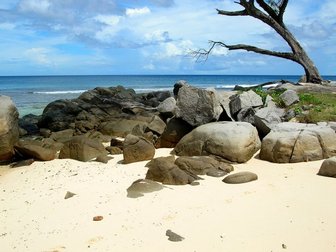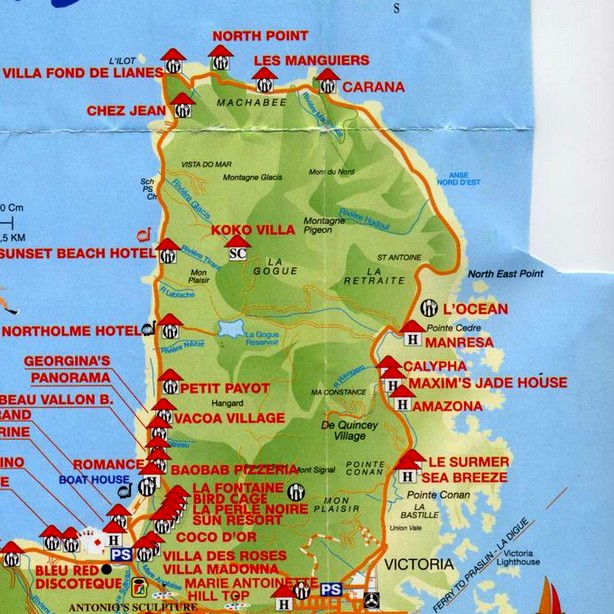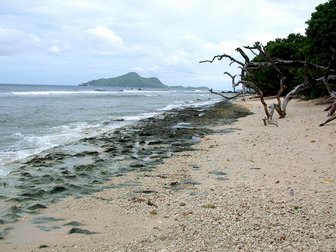|
Seychelles are a large country in the Southwestern part of the Indian Ocean. The country is as large in term of sea surfaces that it is tiny in term of lands. The least small islands are clustered in the northern part. The collect site described here is located on Mahe Island, which is also the capital’s island.
North East Bay is located in the northeast part of that island. The coastline here consists in a following of secluded beach separated by reefs of nicely sculptured granite boulders (top picture), besides this is about the same for the whole perimeter of the island.
I had the chance to visit this site in mid-December 2006 after 2 days of bad and windy weather. I hoped that these conditions would have thrown a lot of shells on the shore.
|

|








